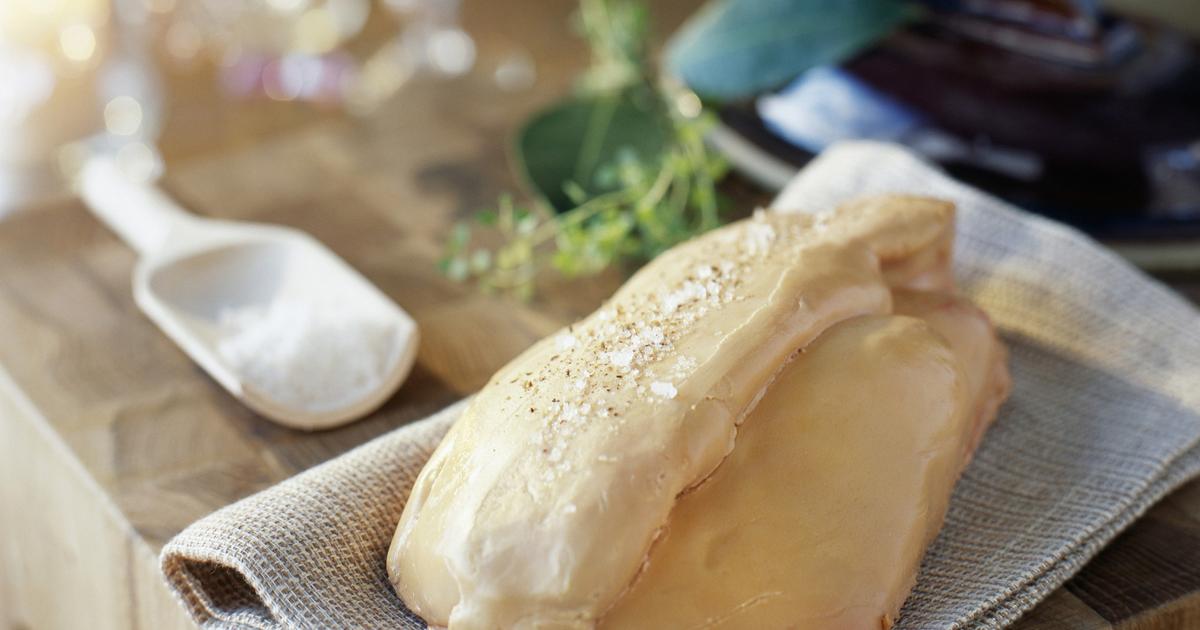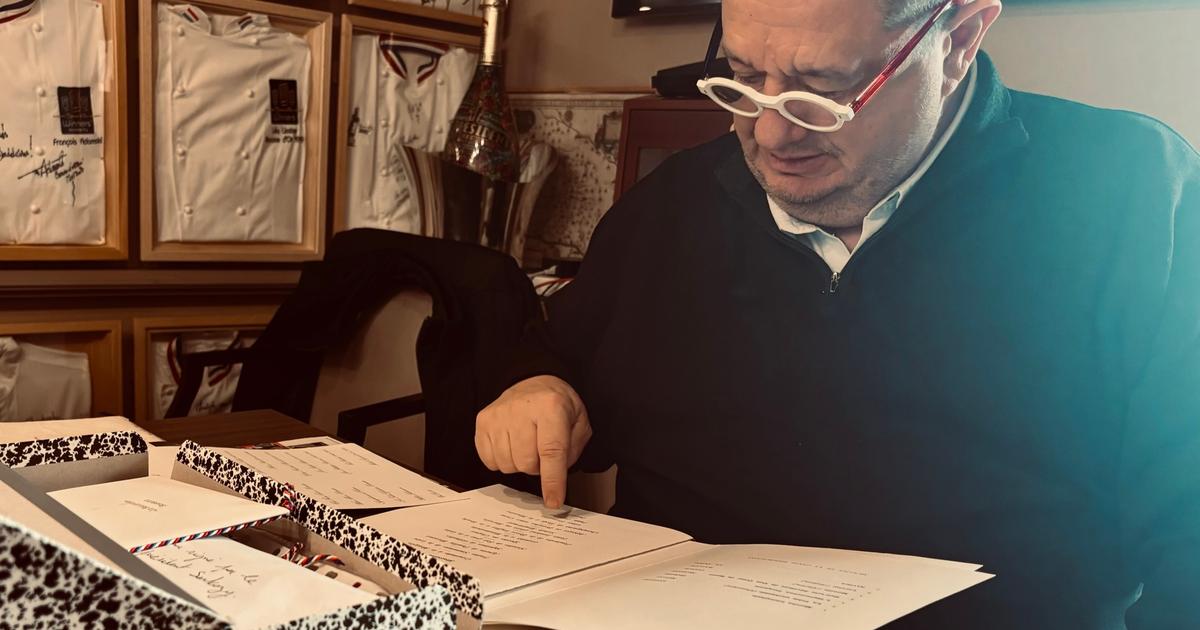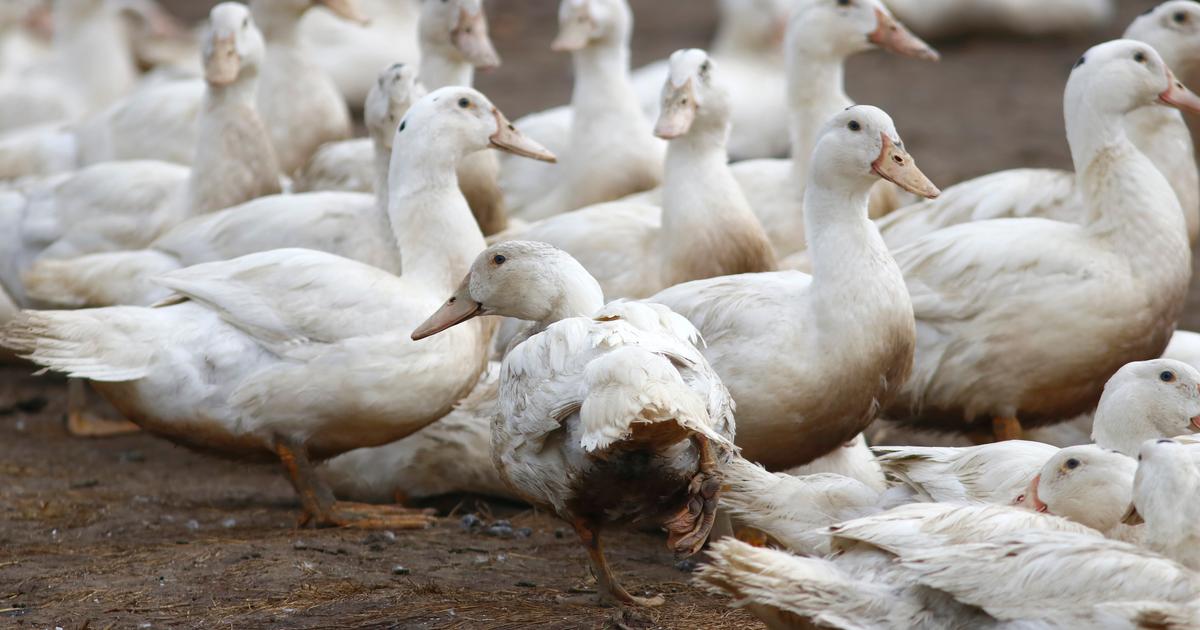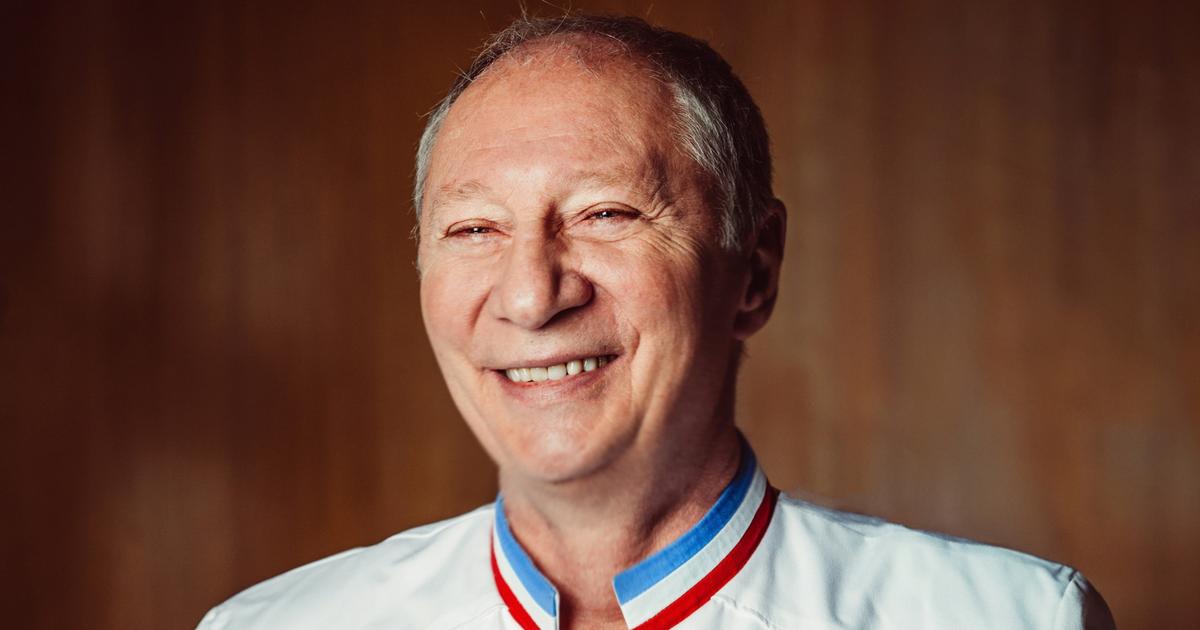Gastronomic jewel of the South-West, foie gras is a must for Christmas tables.
Spread on small toasts, hidden in a velouté or in the heart of a stuffing, it slips into all our festive recipes.
Every year, many try their hand at making it, yet this delicate and refined dish is the prey of many errors in preparation.
Starred chef at the head of Quinsou in Paris (1), Antonin Bonnet prepares it without surprise himself and gives us the mistakes to avoid for a perfect foie gras.
To discover
Recipes, tips, chef's secrets... Download the Le Figaro Cuisine app
Not inquiring about lobe classification
Extra, 1st choice or all-comers?
Not easy to find one's way among the three classifications of foie gras.
However, it is a very important step in its preparation: “The choice of its classification depends on its use, explains the starred chef.
Be that as it may, you should avoid “all-comers” category foie gras which is much less qualitative and which is not suitable for preparation in a terrine or pan-fried cooking”.
To ensure its quality, Antonin Bonnet recommends selecting "Extra" or "1st choice" classified foie gras: "Better quality, they will melt less during cooking, which is ideal for making pan-fried foie gras or for make a terrine of it”.
Select a foie gras that is too big
"Foie gras is an adipose pocket of fat with a slight protein content, which can be compared to a balloon", explains the starred chef.
Thus, it must not exceed a certain weight, at the risk of reducing its taste qualities: “For a duck foie gras, we count between 450 to 550 g.
On the other hand, goose foie gras is larger, weighing between 600 and 750 g”.
Read alsoHomemade foie gras like at Fauchon
Not checking the date of slaughter
To make a good foie gras, it is essential to ensure the freshness of the lobe: “You have to find foie gras with the most recent slaughter date possible.
It's a fragile product that denatures very quickly, explains the chef, if you choose it too old, it will tend to oxidize and melt more quickly.
It will simply be less good”.
Our best homemade foie gras recipes
In images, in pictures
See the slideshow09 photos
See the slideshow09 photos
Buy sous vide foie gras
Although a large proportion of foie gras is presented vacuum-packed, Antonin Bonnet does not recommend this packaging for such a delicate dish: “Vacuum tends to crush and denature the product.
I therefore recommend using paper packaging”.
Buy undeveined foie gras
Antonin Bonnet is categorical: “You have to ask your butcher for a deveined foie gras”.
The work is so tedious and technical that the starred chef is careful not to do it himself: “Everyone has their own job, it's real know-how.
In my opinion, this reduces the chances of having residues of blood or nerves by 95%, it would be a shame to damage the product”.
In addition to ensuring the taste quality of the foie gras by avoiding any forgotten residue, it is also a way of minimizing the handling time of the product.
On video, eight cult scenes from Christmas movies
Poorly seasoned foie gras
To season his foie gras to perfection, Antonin Bonnet uses an infallible rule: “For a kilo of foie gras, I use 12 g of salt, 1 g of pepper and ½ gram of four spices.
On the alcohol side, I use 15 g of Armagnac and 15 g of Port”.
The chef pours his alcohols over the foie gras before adding the spices.
“When the foie gras is seasoned on all sides, I film it on contact and place it in the fridge for 12 to 24 hours”.
Because to obtain a qualitative foie gras, it is necessary to give time to time: “It is very important that the salt has transited to the heart of the product.
Otherwise, the salt leaves a layer of oxidation on the surface, while the inside will not be sufficiently seasoned”.
Read alsoOur best recipe ideas for a successful homemade foie gras for sure
Bake it at too high a temperature
Once the foie gras is seasoned as desired, it's time to cook.
Among all the possible techniques, Antonin Bonnet opts for vacuum cooking.
“For those who don't have the necessary equipment, I recommend filming it twice, and cooking it with gentle steam.
But beware !
The temperature must not rise too high, otherwise the foie gras will not be creamy.
Ideally, it should be at 62°C at heart”.
The starred chef cooks it for 7 minutes on each side, turning it delicately.
“Once ready, it must be put in the fridge immediately so as to stop the cooking”.
Do not let the foie gras rest
To obtain a balanced foie gras, it is essential to give it a rest period: “I wait at least a week before eating it.
This makes it possible to balance its aromas, its taste, its seasoning….
You get a simply better product.”
In his restaurant, chef Antonin Bonnet accompanies it with an amontillado jelly, a sherry from Spain.
(1) Quinsou, 33 rue de l'Abbé-Grégoire, Paris, 75006 Paris.
Such.
: 01.42.22.66.09.











/cloudfront-eu-central-1.images.arcpublishing.com/prisa/KMEYMJKESBAZBE4MRBAM4TGHIQ.jpg)



